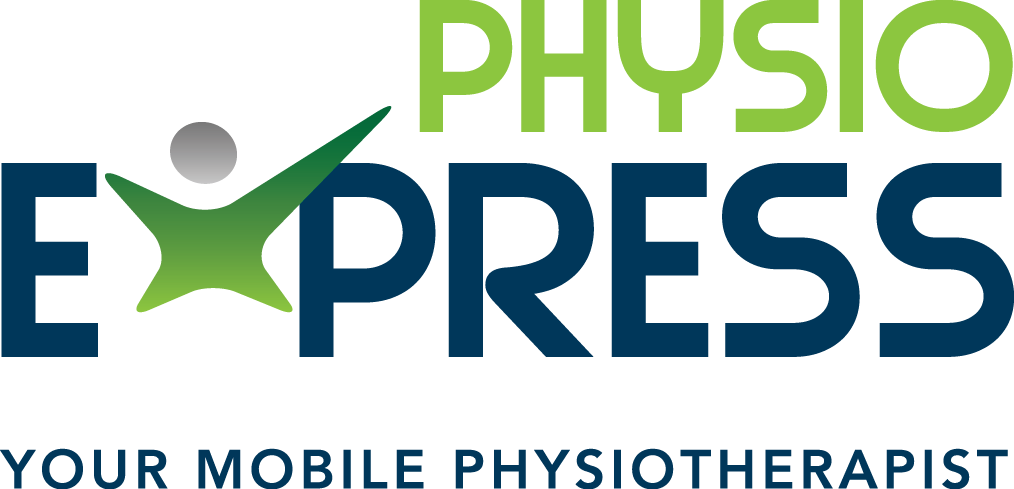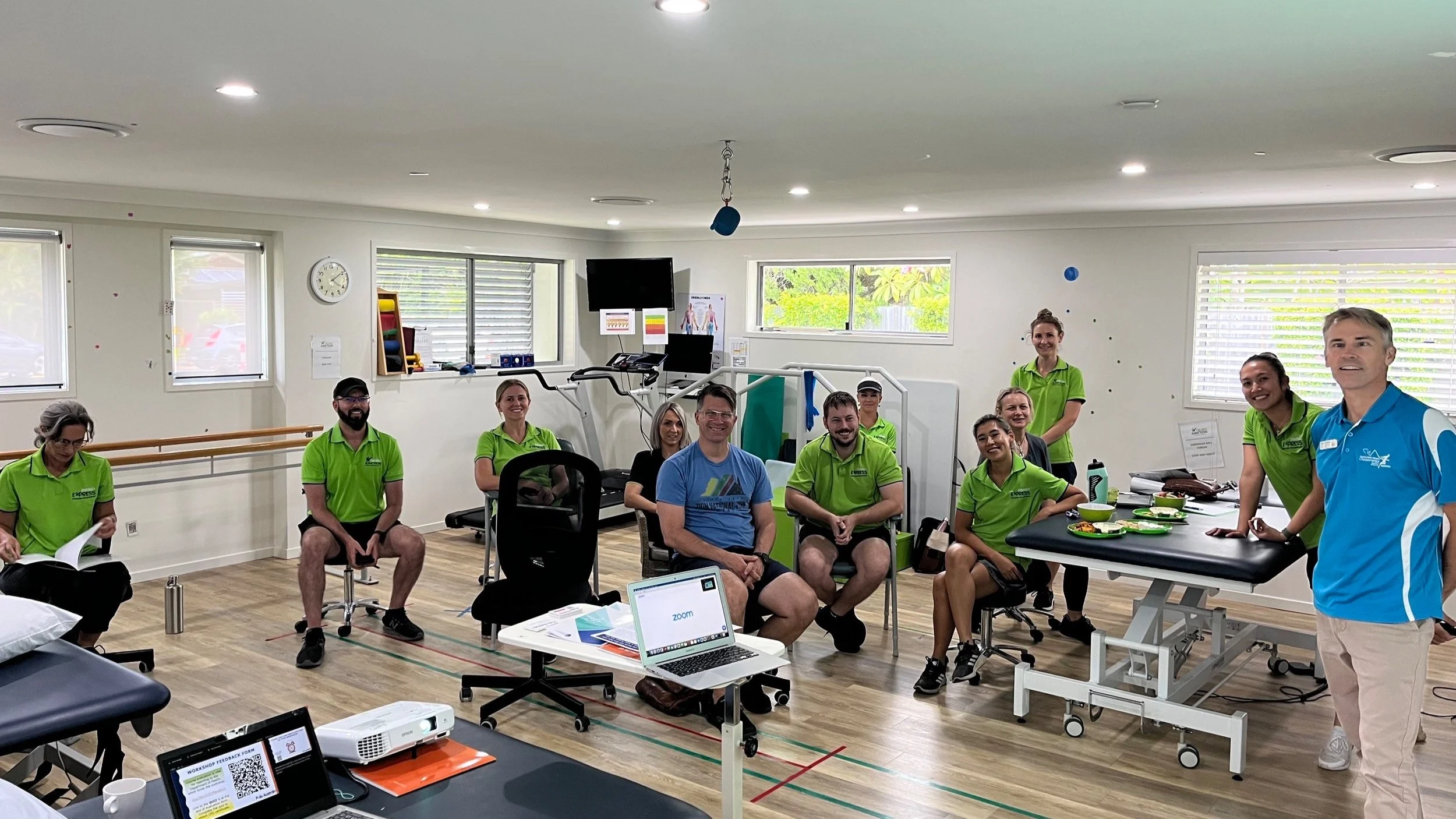Post-Polio Syndrome
what is it?
Most of us have probably heard of the word ‘polio’. Depending on when you were born, your experience with Polio will be very different to others. The majority of us, think of polio as something that existed in the past, and that is partly true. Wild poliovirus cases have decreased by over 99% since 1988, from an estimated 350,000 cases in more than 125 endemic (disease regularly occurring within) countries, to 6 reported cases in 2021. The success of this massive decrease is all due to the implementation of the polio vaccine. However, polio still affects people today in the form of Post-Polio Syndrome.
Physio express and Neuro Junction team participating in a clinical workshop on Polio Survivors and Their Health Conditions with Michael Jackson from Polio Australia.
Post-polio syndrome (PPS) usually occurs 15-40 years after the initial infection and recovery. This is believed to be the result of a deterioration of the nerve cells in our body over many years that lead to loss of muscle strength and dysfunction. Only a polio survivor can develop PPS, yet not everyone who survives polio will develop PPS. A person who was more severely affected during the initial infection of polio may experience a more severe case of PPS.
Symptoms of post polio syndrome include:
Slowly progressive muscle weakness in the limbs and the bulbar muscles (head and neck)
Fatigue
A gradual decrease in the size of muscles (muscle atrophy)
Loss of muscle function
Pain from joint degeneration
Increasing skeletal issues such as curvature of the spine (scoliosis).
DIAGNOSIS AND TREATMENT OF Post polio syndrome:
Currently there are no laboratory or diagnostic tests for PPS, the diagnosis is made after comprehensive medical history and physical examinations, and by excluding other disorders that might explain the symptoms. The treatment for PPS is only symptomatic management, and depending on what each presentation is, the therapy is tailored to their specific needs. It is very important to identify symptoms early so that a proper management plan can be implemented before symptoms progress further. PPS is rarely life-threatening, but the symptoms can significantly interfere with a person’s ability to function independently.
Exercise, mobility aids, lifestyle changes and other assistive devices may help with some of the symptoms of PPS. If you suspect you may have PPS, or you have been diagnosed with PPS, a multi-disciplinary team effort should be organised to assist with lifestyle transitions and to maintain your quality of life. We understand that it can also be frustrating when you don’t feel heard by your healthcare practitioners,
Polio Australia has a register of Polio-informed health practitioners on their website to ensure quality of care.
For further information, please visit Polio Australia.
References
Poliomyelitis (2023) World Health Organization. Available at: https://www.who.int/news-room/fact-sheets/detail/poliomyelitis.
Post-polio syndrome (2023) National Institute of Neurological Disorders and Stroke. Available at: https://www.ninds.nih.gov/health-information/disorders/post-polio-syndrome.

